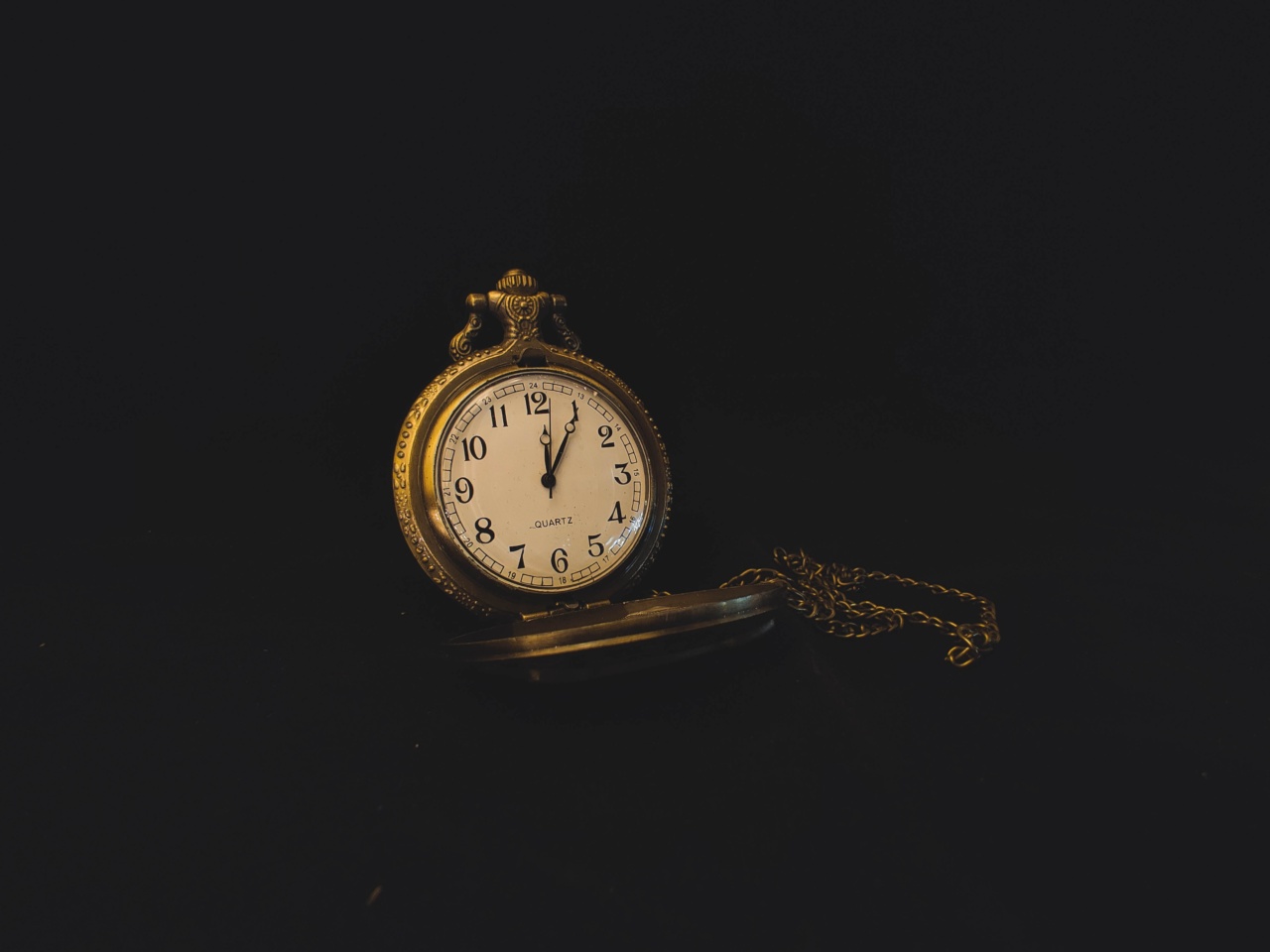Alzheimer’s disease is a neurodegenerative disorder that affects millions of people worldwide. It is a progressive disease that causes a decline in cognitive function, memory, and overall functioning.
There is no known cure for Alzheimer’s, and current treatments only help to manage symptoms. However, recent breakthroughs in research have shown promise in reviving memories in individuals with Alzheimer’s disease.
Understanding Alzheimer’s disease
Alzheimer’s disease is a complex disorder that affects the brain and its ability to function properly. The disease causes a buildup of abnormal proteins in the brain, which eventually leads to loss of brain cells.
As a result, the brain’s ability to communicate with other parts of the body declines, and memory and cognitive function decline. The exact causes of Alzheimer’s disease are not yet fully understood, but research has shown that genetics, lifestyle, and environmental factors may play a role.
The current state of Alzheimer’s treatment
The current treatments for Alzheimer’s disease only help to manage symptoms and slow the progression of the disease. These treatments include medications, therapy, and lifestyle changes.
Medications such as cholinesterase inhibitors and memantine can help to improve memory and cognitive function. Therapy, such as occupational and speech therapy, can help individuals with Alzheimer’s disease maintain their independence and improve their quality of life.
Lifestyle changes, such as a healthy diet and regular exercise, can also help to manage symptoms and improve overall health. However, there is still much room for improvement in Alzheimer’s treatment.
Reviving memories: Breakthrough in Alzheimer’s treatment
Recent breakthroughs in research have shown promise in reviving memories in individuals with Alzheimer’s disease. Scientists have discovered a way to stimulate the brain to reactivate memories that have been lost due to Alzheimer’s disease.
This breakthrough involves using magnetic pulses to stimulate specific areas of the brain that are responsible for memory and cognitive function.
This technique is called repetitive transcranial magnetic stimulation (rTMS). The rTMS technology uses a magnetic coil to deliver magnetic pulses to the brain, which stimulates the neurons and helps to improve brain function.
The magnetic pulses are targeted to specific areas of the brain that are responsible for memory and cognitive function.
The science behind rTMS
rTMS technology works by stimulating the neurons in the brain with magnetic pulses. The magnetic pulses create a magnetic field that passes through the skull and into the brain.
The magnetic field stimulates the neurons and causes them to fire, which improves communication within the brain.
Studies have shown that rTMS can improve memory and cognitive function in individuals with Alzheimer’s disease. Researchers have found that rTMS can significantly improve memory recall, working memory, and overall cognitive function.
The effects of rTMS are long-lasting and can continue for up to six months after treatment.
The benefits of rTMS
rTMS has several benefits over traditional Alzheimer’s treatments. First, rTMS does not involve any medication and does not have any side effects.
This makes it a safe and effective treatment option for individuals with Alzheimer’s disease who are sensitive to medications. Second, rTMS has a high success rate and has been shown to significantly improve memory and cognitive function. Finally, the effects of rTMS are long-lasting and can continue for up to six months after treatment.
The future of Alzheimer’s treatment
rTMS technology has the potential to revolutionize the way we treat Alzheimer’s disease. The ability to revive lost memories has tremendous implications for individuals with Alzheimer’s disease and their families.
The long-lasting effects of rTMS make it a viable and effective treatment option for individuals with Alzheimer’s disease.
Researchers are continuing to study rTMS and its effects on memory and cognitive function. They are also exploring other potential uses for rTMS, including the treatment of depression, anxiety, and other mental health disorders.
As research continues, we may see more breakthroughs in Alzheimer’s treatment and new, innovative ways to manage the disease.
Conclusion
Alzheimer’s disease is a devastating disorder that affects millions of people worldwide. While there is no known cure for the disease, recent breakthroughs in research have shown promise in improving memory and cognitive function.
The use of rTMS technology to revive lost memories has the potential to revolutionize the way we treat Alzheimer’s disease. With further research and development, rTMS may become a standard treatment option for individuals with Alzheimer’s disease.






























